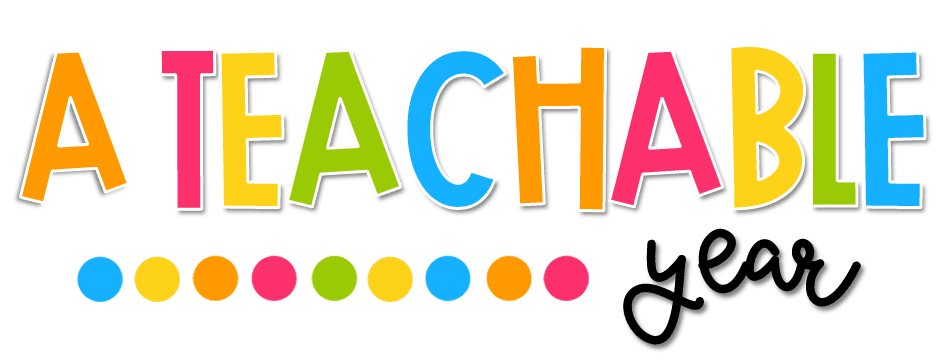Task cards have emerged as versatile tools in the world of education, proving particularly valuable in ESL (English as a Second Language) classrooms. Their adaptability and diverse applications make them a staple resource for teachers seeking innovative ways to engage students while reinforcing language skills. Let’s delve into how these tiny powerhouses can transform your ESL lessons.
What are task
cards?
They do exactly
what they sound like they ought to – they are cards containing tasks for the
students to do. Primarily, these are aimed to be completed with a high level of
independence. Therefore, most task cards are used towards the end of a unit of
work or after students have acquired a certain amount of English vocabulary.
Why Use Task Cards in ESL Learning?
Flexibility: Task cards offer flexibility in usage. They can be employed for individual, pair, or group activities, catering to diverse classroom dynamics.
Engagement: Their bite-sized nature and interactive design captivate students’ attention, fostering active participation and enthusiasm in learning.
Differentiation: With tasks of varying complexity, teachers can differentiate instruction, addressing the needs of different proficiency levels within one classroom.
Skill Reinforcement: These cards effectively reinforce language skills—be it vocabulary acquisition, grammar practice, speaking, listening, or writing—through targeted activities.
1. Pirates Parts of Speech
Knowing your verb from your adjective or your noun can be a real challenge. Using a popular theme, such as pirates, can help children to practise their identification of different parts of speech. Focusing solely on nouns, adjectives and verbs, this Pirates Parts of Speech Task Cards pack could be just what you’ve been looking for. Kids will look at the pictures and write down the answers to the questions or tasks contained on the cards. Alternatively, you could have children working in pairs and giving the answers orally to one another.
2. Describing Pictures
This Describing Pictures Task Cards pack is a superb resource as it can be used for several different ability levels of pupils. Students should simply describe the scene on the task cards. For learners at the beginning of their English journey, they could just pick out nouns and perhaps add an adjective or two, e.g. green grass, tall tree. For more advanced students, ask them to write in full sentences. You could even go one step further and encourage them to write the scene-setting description from a story. It isn’t necessary to restrict pupils to what they can see. Ask them to use their imaginations and consider their other senses if they placed themselves in the picture. Use for individual activities or display on your whiteboard for a whole class resource.
3. Making Lists
Making lists is a skill that everyone uses on a regular basis. These task cards allow students to practise this within a variety of contexts. Simply pick the cards which are relevant to the topics you have already studied, and away you go. From parts of the body to household items, emotions to jobs within the community, there will be something for everyone within this pack. Stretch your more-able learners by encouraging them to write sentences incorporating the lists. Not only will this support them to develop their English, but they will also be practising their use of commas in lists.
4. Present Progressive Tense
When you say present progressive tense to other educators, they may look at you with a look of panic in their eyes. Quality resources to teach this can be hard to find. Fear not, as this Present Progressive Tense Task Cards pack is perfect for sharpening their knowledge. Students should look at the picture and answer the question ‘What is she doing?’, for example. Answers could be given in either written or verbal form, depending on what you would like the children to achieve.
5. Countable or Uncountable Nouns
Countable and uncountable nouns can be confusing for younger ESL learners. Lots of repetition and reinforcement will be needed. These task cards are perfect for demonstrating a sound or developing an understanding of the concept. Students could practise countable and uncountable nouns independently using them. Alternatively, they could work in pairs and speak to one another, giving the answers as well as using the word within a sentence to justify their response.
Start leveraging the power of task cards today, and witness firsthand how they revolutionize your ESL classroom, creating a vibrant space for language acquisition and proficiency development.









No comments
Post a Comment
Thanks for your comment!